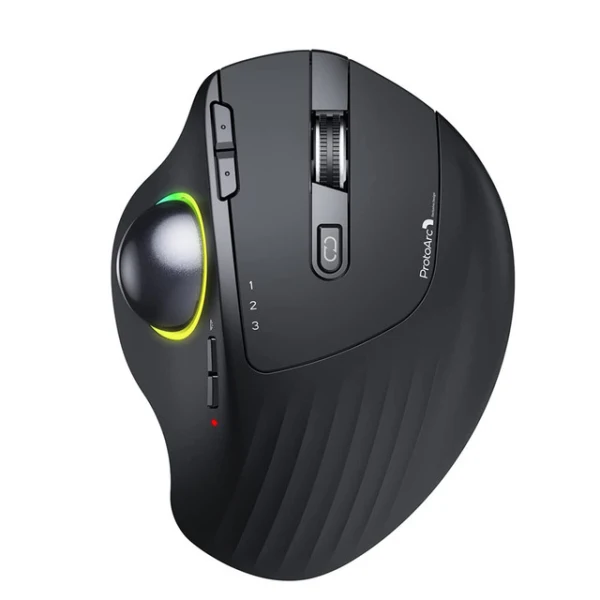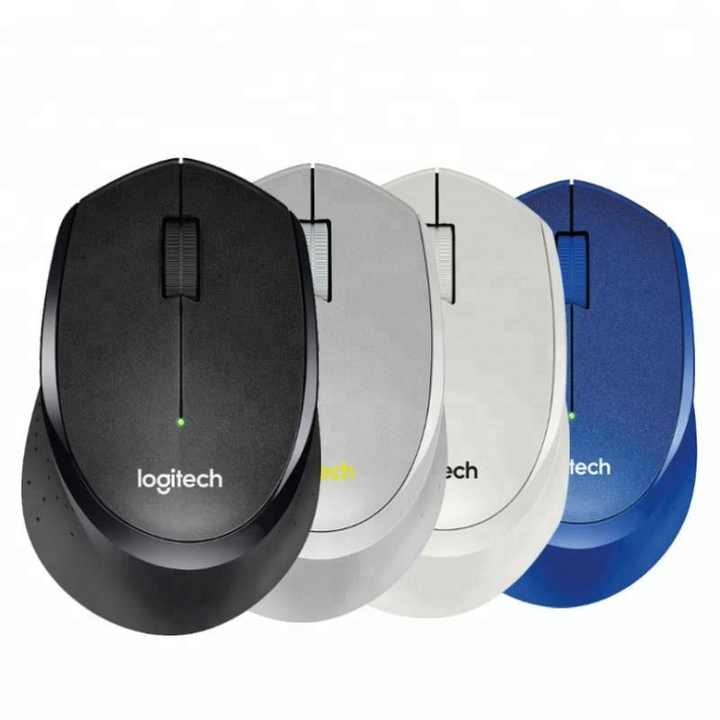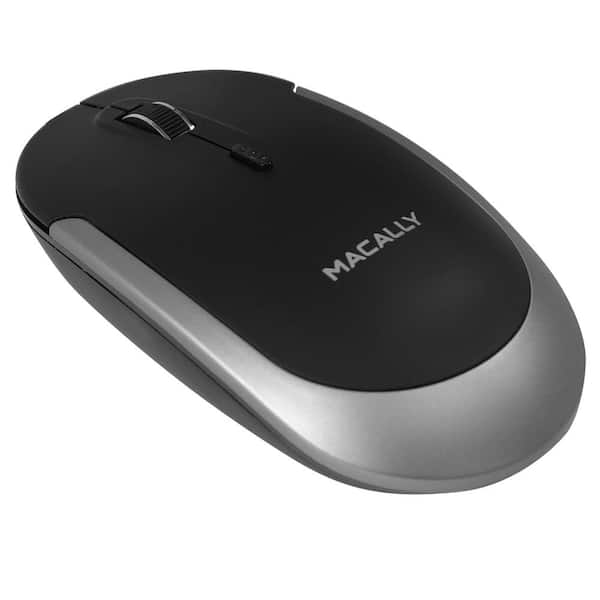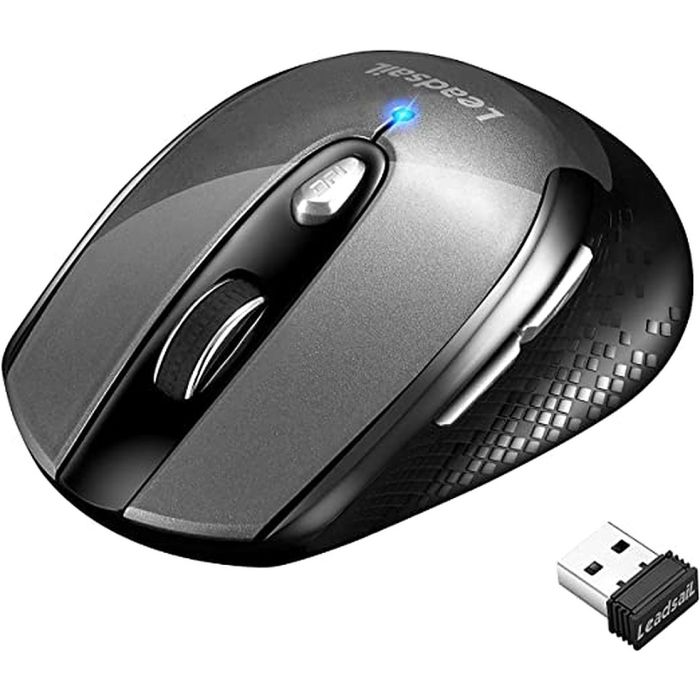Introduction
A wireless laptop mouse represents a modern approach to computer navigation. It eliminates the constraints of corded mice, offering freedom and a clutter-free workspace. This article breaks down everything you need to know about the wireless laptop mouse, from its workings to its benefits and best practices for use.
The Evolution of the Wireless Mouse
Early Beginnings
The mouse has come a long way. In its early stages, it was a simple device with a hardwired connection to the computer. These mice were effective but restricted by their cables, leading to cluttered workspaces and limited maneuverability. The wireless mouse was born out of the need for more convenience and flexibility.
Technological Advancements
As technology improved, so did the wireless mouse. Early models were bulky and had limited range and battery life. Today, wireless mice are sleek, have extensive range, and boast long-lasting batteries. They use advanced technology like radio frequency (RF) and Bluetooth to communicate with the computer. These advancements have made wireless mice the preferred choice for many users.
Why Choose a Wireless Laptop Mouse?
Freedom of Movement
A significant advantage of a wireless mouse is the freedom of movement it offers. Without being tethered by a cable, users can navigate their laptops from different angles and distances. This is particularly useful for presentations or using your laptop in confined spaces where cables can get tangled.
Portability
Wireless mice are incredibly portable. They are often compact and lightweight, making them easy to carry in a laptop bag. This portability makes them ideal for people who travel frequently or move between different workstations. Their small size means they take up minimal space, adding to the convenience.
Reduced Clutter
A workspace free of tangled wires is more appealing and functional. A wireless mouse helps in achieving a cleaner, more organized desk. This can positively impact productivity and mental clarity, making it easier to focus on tasks at hand. This reduction in clutter is one of the main selling points for a wireless mouse.
Advanced Features
Modern wireless mice come with a host of advanced features. Some models include customizable buttons, adjustable dpi (dots per inch) settings, and ergonomic designs. These features enhance the user experience, providing greater control, comfort, and functionality. Whether you’re a gamer, designer, or general user, there’s a wireless mouse designed to meet your needs.
Types of Wireless Laptop Mice
RF (Radio Frequency) Mice
RF mice use a small USB dongle to communicate with the computer. The dongle receives signals from the mouse and transmits them to the computer. These mice are known for their reliability and quick response times. They are ideal for most users, providing a secure and stable connection.
Bluetooth Mice
Bluetooth mice connect directly to the computer’s Bluetooth receiver, eliminating the need for a USB dongle. This is particularly advantageous for users with limited USB ports. Bluetooth mice offer approximately the same range and performance as RF mice but can experience slight latency issues in crowded Bluetooth environments.
Hybrid Models
Some modern wireless mice offer both RF and Bluetooth connectivity. This hybrid approach gives users the flexibility to switch between different devices effortlessly. For example, you can use the RF dongle for your desktop and Bluetooth for your laptop without any hassle. This versatility makes hybrid models highly desirable.
How to Choose the Right Wireless Laptop Mouse
Identify Your Needs
The first step in choosing the right wireless laptop mouse is to identify your specific needs. Are you a gamer who requires high dpi and multiple programmable buttons? Or are you a casual user who needs a simple, ergonomic design? Understanding your needs will help narrow down your options.
Battery Life
Battery life is a crucial factor. Wireless mice can either have rechargeable batteries or use standard AA or AAA batteries. Rechargeable mice are more eco-friendly but require regular charging. Those using standard batteries might last longer but will incur the cost of replacements. Consider how often you use the mouse and choose accordingly.
Ergonomics
An ergonomic design is essential for comfortable prolonged use. Ergonomic mice reduce strain on your hands and wrists, preventing the development of conditions like carpal tunnel syndrome. Look for a mouse that fits comfortably in your hand and provides adequate support.
Additional Features
Additional features can greatly enhance your user experience. These might include customizable buttons, adjustable dpi settings, and even RGB lighting for gamers. Evaluate which features are important to you and choose a mouse that offers them.
Setting Up Your Wireless Mouse
Unboxing and Plugging In
When you first unbox your wireless mouse, you’ll typically find the mouse and either a USB dongle or instructions for Bluetooth pairing. For RF mice, plug the dongle into your laptop’s USB port. The computer usually recognizes the new device immediately.
Pairing with Bluetooth
For Bluetooth mice, turn on the Bluetooth function on your laptop and set the mouse to pairing mode. The laptop should detect the mouse and prompt you to connect. Follow the on-screen instructions to complete the pairing process. Once paired, the mouse is ready for use.
Installing Drivers and Software
Some advanced wireless mice come with drivers or software that need to be installed for full functionality. This software can offer additional features like customizable buttons, dpi adjustments, and profiles for different uses. Make sure to download and install the necessary drivers from the manufacturer’s website.
Customization
After installation, take some time to customize your mouse settings. Adjust the dpi to a level that feels comfortable for you. If your mouse has programmable buttons, set them up to perform your most-used functions. Customization can greatly enhance your efficiency and comfort.
Best Practices for Maintaining Your Wireless Mouse
Regular Cleaning
Keeping your wireless mouse clean ensures smooth operation. Dust and grime can accumulate on the surface and affect the sensor’s performance. Use a microfiber cloth to clean the exterior and a can of compressed air to remove any debris from the sensor area. Regular cleaning extends the lifespan of your mouse.
Battery Maintenance
Whether your mouse uses rechargeable batteries or standard ones, proper maintenance is crucial. For rechargeable models, avoid letting the battery drain completely before recharging. For those using standard batteries, keep a spare set handy and replace them as soon as performance starts to degrade. This ensures uninterrupted use.
Software Updates
Check for software updates regularly. Manufacturers release updates to improve performance and fix bugs. Keeping your software up-to-date ensures you get the best performance from your wireless mouse. Enable automatic updates if the software provides this option.
Storage
Proper storage is also essential. When not in use, place your mouse in a protective case to avoid accidental damage. If you’re traveling, make sure the mouse is secure and not subjected to pressure or falls. Proper storage practices help maintain the mouse’s functionality and longevity.
Troubleshooting Common Issues
Connection Problems
Connection issues are common but usually easy to solve. If your mouse isn’t connecting, check that the battery is charged or hasn’t run out of power. Ensure the USB dongle is properly plugged in or that Bluetooth is enabled on both the mouse and your laptop. Sometimes, restarting the computer or re-pairing the device can solve the problem.
Lag and Jitter
Lag and jitter can be frustrating. These issues can be caused by low battery, interference from other devices, or software glitches. Try changing the batteries or recharging the mouse. Move other electronic devices away from the mouse and laptop to reduce interference. Updating the mouse’s software can also address performance issues.
Unresponsive Buttons
Unresponsive buttons can occur due to dirt buildup or software issues. Clean around the buttons with a microfiber cloth and compressed air. Check if the mouse’s software needs an update. If the problem persists, you may need to contact the manufacturer for further assistance.
Conclusion
A wireless laptop mouse offers immense benefits, from freedom of movement to advanced features. Whether you opt for an RF, Bluetooth, or hybrid model, understanding your needs is crucial for making the right choice. Setting up and maintaining your wireless mouse ensures long-lasting performance and enhanced user experience. Take the time to choose a model that best fits your requirements and enjoy the clutter-free, flexible computing experience that a wireless mouse provides.



